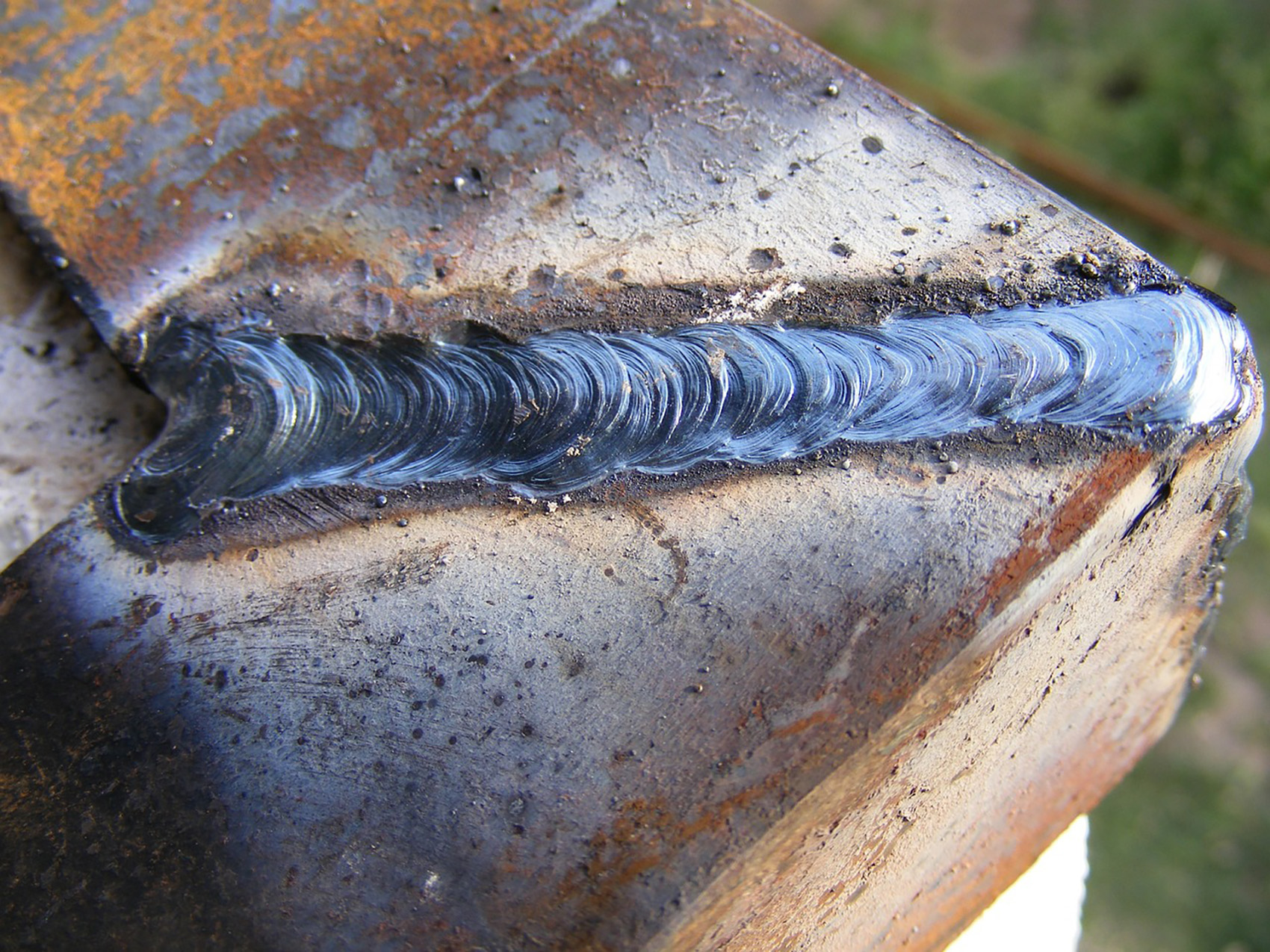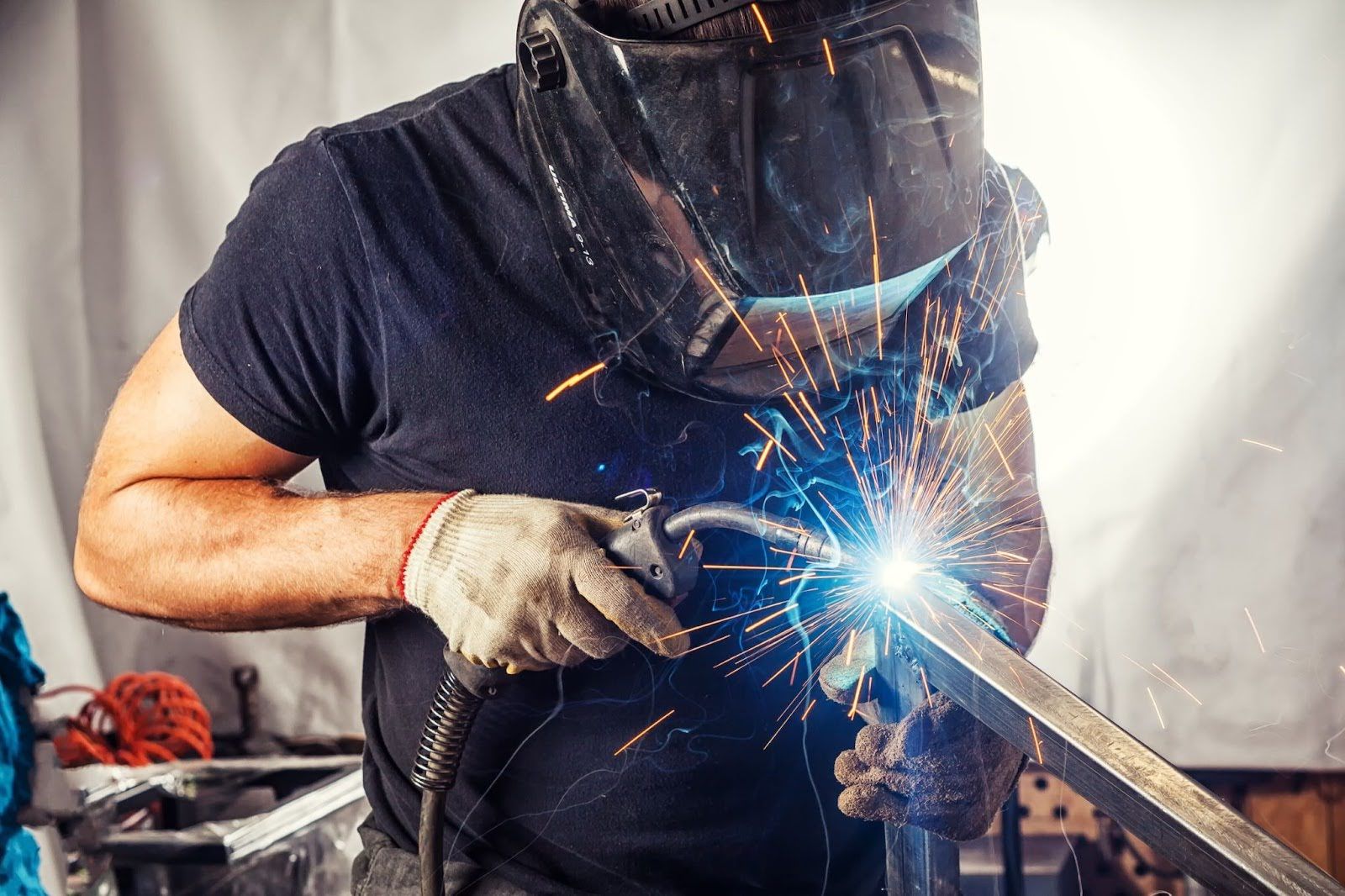How to Avoid Weld Undercut: Important Tips for Welders
How to Avoid Weld Undercut: Important Tips for Welders
Blog Article
A Comprehensive Overview to Identifying, Fighting, and Mending Undercut Welding Issues in Your Welding Tasks
In the realm of welding, running into undercut problems is a common difficulty that can compromise the structural honesty and overall high quality of your welding projects. Stay tuned as we discover the vital parts of identifying, stopping, and fixing undercut welding issues, supplying you with valuable insights and techniques to boost your welding abilities to the next level.
Typical Reasons For Undercut Welding
Undercut welding, an usual concern in welding procedures, can be created by numerous variables that require to be meticulously identified and addressed to ensure the integrity of the weld joint. One of the primary reasons of undercut welding is too much warmth input.
One more usual reason of undercut welding is improper welding technique. Identifying these root causes and carrying out rehabilitative steps is important in stopping and rectifying undercut welding issues in welding tasks.
Identifying Undercut in Welds

To identify undercut properly, correct lights and magnification devices are essential to check the weld joint completely. Making use of tools such as a welding gauge or a magnifying glass can help in identifying also the tiniest undercut flaws. Additionally, running a finger or a finger nail along the weld joint can often expose undercut, as the surface area might feel uneven or have a dip where the undercut exists.
Safety Nets for Undercut
Having a deep understanding of the root causes of undercut in welds enables for the implementation of effective safety nets to keep weld top quality and stability. One important preventative action appertains weld joint prep work. Making certain that the sides are clean, free of contaminants, and correctly beveled can substantially reduce the probability of undercut (Preventing weld undercut). Additionally, selecting the proper welding specifications, such as voltage, current, and take a trip speed, is necessary. These settings need to be maximized to stop excessive warmth input, which can bring about damage formation.

Methods for Repairing Undercut

To deal with undercut problems effectively, welders can use specific strategies targeted at correcting the issue and recovering the stability of the weld joint. One method is to change the welding parameters, such as the voltage, current, and take a trip rate, to guarantee proper warm input and combination. Raising the welding current or decreasing the traveling speed can assist complete the undercut. Furthermore, transforming the welding strategy from a push to a drag or vice versa can also help minimize undercut.
One more strategy is to use a weaving motion while welding to hop over to these guys make sure correct sidewall blend and fill in the undercut. By oscillating the welding arc back and forth within the weld joint, the welder can deposit a lot more filler product right into the undercut locations, efficiently getting rid of the problem.
Additionally, grinding out the undercut and rewelding the joint can be a sensible option for extra extreme undercut problems - Preventing weld undercut. This procedure entails removing the undercut area, preparing the base steel, and after that rewelding the joint with appropriate welding criteria and strategies to stop undercut from returning

Professional Tips for Staying Clear Of Undercut
Using correct welding techniques and maintaining control over crucial welding parameters are critical strategies for welders aiming to avoid undercut in their weld joints. Furthermore, picking the proper welding process and filler steel for the certain application can help avoid undercut. Preserving a constant travel rate throughout the welding process is another vital tip to avoid undercut.
Verdict
To conclude, determining, stopping, and taking care of undercut welding problems in your welding jobs is important for guaranteeing strong and resilient welds. Preventing weld undercut. By understanding the common root causes of undercut, having the ability to determine it in welds, implementing safety nets, and utilizing proper techniques for taking care of undercut, you can avoid possible issues and create high-grade welds. Following expert pointers for avoiding undercut can assist you improve your welding abilities and produce much better lead to your projects
Undercut welding, a common concern in welding processes, can be created by different aspects that require to be meticulously identified and resolved to ensure the integrity of the weld joint. Additionally, running a finger or a finger nail along the weld joint can occasionally expose undercut, as the surface might really feel irregular or page have a dip where the undercut exists.
Utilizing correct welding methods and keeping control over essential welding parameters are critical methods for welders intending to prevent undercut in their weld joints.In conclusion, identifying, protecting against, and fixing undercut welding problems in your welding jobs is crucial for making certain durable and solid welds. By recognizing the common reasons of undercut, being able to identify it in welds, implementing preventive procedures, and utilizing correct techniques for taking care of undercut, you can avoid prospective issues and produce high-quality welds.
Report this page